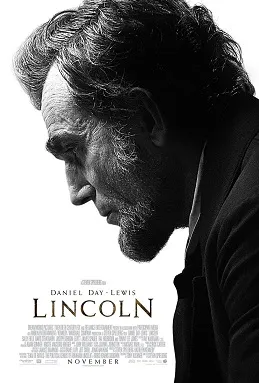Historical accuracy of Lincoln

Historical accuracy of Lincoln

Characters
Abraham Lincoln
Daniel Day-Lewis's portrayal of Lincoln is widely praised for its accuracy. The film focuses on Lincoln's political maneuvering to pass the 13th Amendment, and his character aligns with historical accounts of his pragmatism and determination.
Thaddeus Stevens
Thaddeus Stevens's radical views on abolition and racial equality are accurately depicted. His role in pushing for the 13th Amendment is consistent with historical records.
Mary Todd Lincoln
Mary Todd Lincoln's emotional state and her support for her husband are portrayed, but some aspects of her character are dramatized. While her emotional struggles are known, the degree to which they are amplified is up to some debate.
Robert Lincoln
Robert Lincoln's portrayal reflects his role as a dutiful son and his internal conflicts during the Civil War. His desire to serve in the military and his complex relationship with his father are accurately portrayed.
William Seward
William Seward's strategic mind and his loyalty to Lincoln are accurately depicted. His role as Secretary of State and his contributions to the passage of the 13th Amendment are consistent with historical accounts.
Preston Blair
Preston Blair's role as a mediator between the Union and the Confederacy is historically accurate. His attempts to negotiate peace are consistent with historical records.
More characters
Fernando Wood
Fernando Wood's opposition to the 13th Amendment and his pro-slavery views are accurately depicted. His role as a political opponent of Lincoln is consistent with historical accounts.
The role of African Americans
The film includes some African American characters and their perspectives on the struggle for freedom. While these characters are often fictionalized, they represent the real hopes and experiences of African Americans during this period.
Story
Passage of the 13th Amendment
The film accurately depicts the historical struggle and political maneuvering involved in the passage of the 13th Amendment, which abolished slavery. This was a real and crucial event in American history.
Lincoln's relationship with his family
The film portrays Lincoln's relationship with his wife and sons. While based on some historical information, these relationships are dramatized for the film, and some details may be fictionalized.
The negotiations for peace
The film depicts the attempts to negotiate peace during the Civil War. While based on historical events, some details of these negotiations are fictionalized for dramatic purposes.
The use of patronage
The film depicts the use of patronage and political favors in securing votes for the 13th Amendment. This was a common practice in politics at the time, and the film's portrayal is generally accurate.
The opposition to the 13th Amendment
The film accurately portrays the strong opposition to the 13th Amendment, particularly from some Democrats and even some Republicans. This opposition was a real historical force.
The depiction of the House of Representatives
The film's portrayal of the debates and votes in the House of Representatives regarding the 13th Amendment is generally accurate and captures the atmosphere of the time.
Lincoln's speeches
The film incorporates some of Lincoln's actual speeches, but it also takes some liberties in how these speeches are presented and the context in which they are delivered.
The ending of the Civil War
The film briefly touches on the end of the Civil War, which is a real historical event.
Lincoln's assassination
While the film ends before Lincoln's assassination, this event is a significant part of his historical legacy and an unfortunate omission from the narrative. Its absence helps to focus the narrative on the 13th Amendment.
Setting
The political climate of the time
The film effectively captures the political divisions and tensions of the Civil War era, including the debates surrounding slavery and the efforts to end it.
